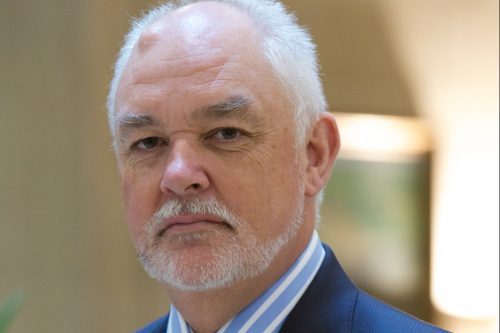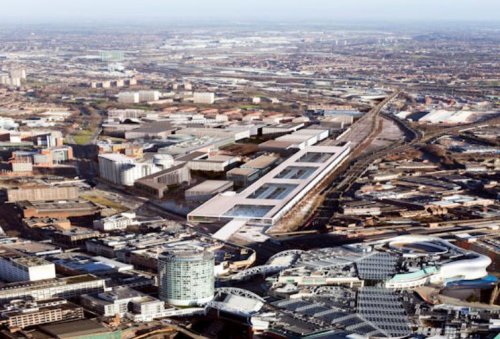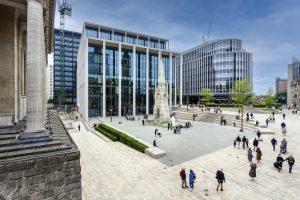Getting the art and the science of infrastructure right to build the future

Under its first president, Thomas Telford, the Institution of Civil Engineers (ICE) was granted its first royal charter by George IV in 1828.
Nearly two centuries later, while on a tour of the region, current president Prof Tim Broyd quoted part of the charter to explain what the organisation – and by extension civil engineering – sets out to achieve.
He said: “The Royal Charter talks about the art and science of civil engineering – both are important – ‘directing the power and force of nature for the use and convenience of man’. It’s really all about society.
“How do we help society best through the provision and maintenance, and increased efficiency, of national infrastructure?”
ICE wants political parties to recognise in their election campaigns the role of infrastructure as “the bedrock of economic growth with the capacity to create jobs and significantly improve people’s lives”.
It has set out its key points it wants all parties to address – putting infrastructure at the heart of economic policy and industrial strategy, including plans to drive regional growth and productivity, and making sure Brexit does not impact on the UK’s attractiveness for infrastructure investment nor creates a skills crisis.

The planned HS2 station at Curzon Street
Infrastructure challenges are seeking to address societal changes over generations, and not just parliamentary terms, which are being influenced by long-term trends.
Prof Broyd, who studied at the University of Birmingham for six years, said: “We have an increasing population. We have a fairly consistent trend to people moving from rural areas to more urban areas. We have an ageing population – they have different types of needs. We have economic change that tends to go in cycles. And we have natural drivers – such as rainfall and flooding events – that seem to be getting more intense.
“We have to try and future proof and make sure what we put in will stand the test of time.”
University of Birmingham academic Prof Chris Rogers is part of the Government’s Foresight Future of Cities project, which feeds in to the long-term vision that is being created.
“What are the infrastructure needs?,” he asked. “We need to peer far into the future. Prof Chris Rogers is working on what cities might look like in 100 years’ time. If you develop different extreme scenarios you can see what links them together.
“Once you put a bit of hard infrastructure in, like HS2, it’s going to be in for a long time.”







